Cordilina: types, care and reproduction
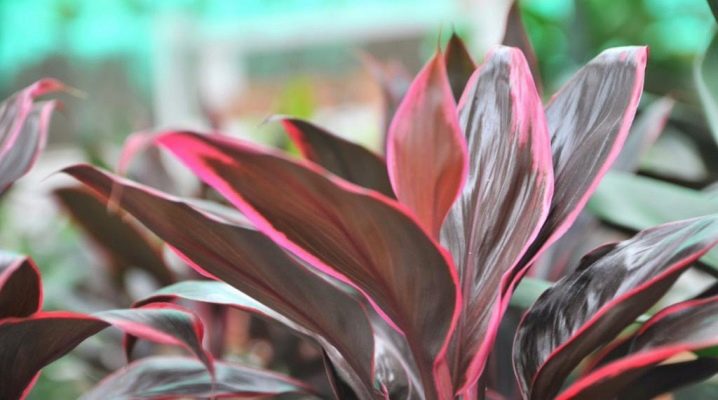
Cordilina is a home ornamental plant that resembles a palm tree in appearance. Such a flower adorns not only apartments and private houses, but also offices and other public spaces. Due to its lush foliage, cordilina attracts the attention of many flower growers - both professionals and amateurs. What are the features of this plant? In what conditions should it be kept and how to properly care for it? What types of cordilina are there? How to transplant and propagate a flower correctly? How to deal with diseases and pests? Look for answers to these and some other questions in our article.

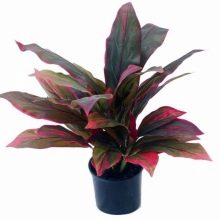
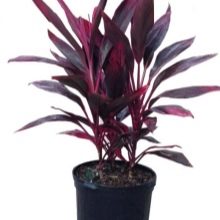
Peculiarities
Before purchasing a plant and starting to grow it at home, you should carefully familiarize yourself with its biological characteristics - this way you will be warned about all possible features of the growth and development of a palm tree. The name of the plant comes from the Greek word, which translated into Russian means "bump" or "knot" (in connection with the shape of the root system). Cordilina is a flower that was brought to our country from Australia. Also, the plant's habitat is Africa, America, Asia and other territories with a tropical climate.
Mature and mature, Cordilina looks like a green palm tree - this effect is achieved thanks to the wide and expressive leaves of this houseplant. Cordilina gained popularity among professional flower growers, as well as housewives who regularly cultivate flowers due to its positive characteristics, in particular, picky care, endurance and high resistance to negative conditions and attacks of insect pests, as well as a rather long life expectancy.
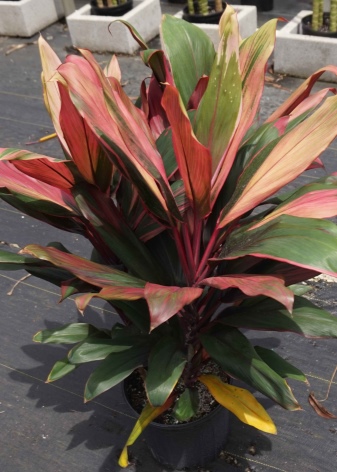
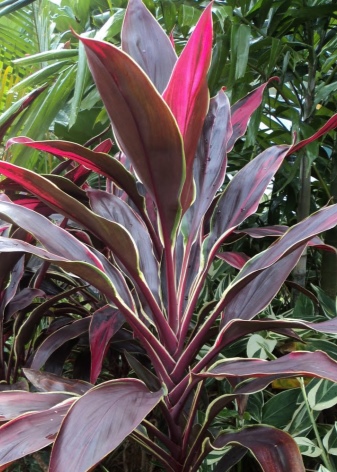
Scientists attribute the palm to the Agave family. If we talk about the botanical features of the plant, it is important to note the special structure of the root system. So, the roots of a palm tree are fleshy in structure, creeping in type and have a snow-white color. Cordilina can grow in the form of a tree or in the form of a shrub. One way or another, at home, the plant reaches 2 meters in height. It is also important to consider that cordilina is a perennial plant, moreover, it is evergreen. In everyday life, cordilina is often called a false palm tree.
Varieties
Cordilina is a plant genus that includes a wide variety of species and varieties (in total, botanists distinguish about 20). Despite the fact that all plants belong to the same genus, each specific species has special characteristics. Consider the most popular varieties of cordilina, get acquainted with their features and names.
- "Straight" (compressed). It is such a cordilina that can most often be seen among our compatriots as a houseplant. This is a pretty classic example of a false palm tree. A distinctive feature of the plant is its wide and matte leaves.
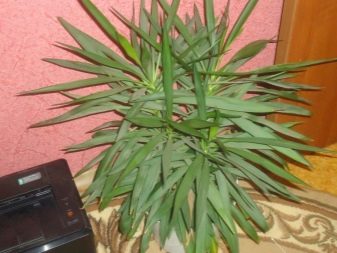
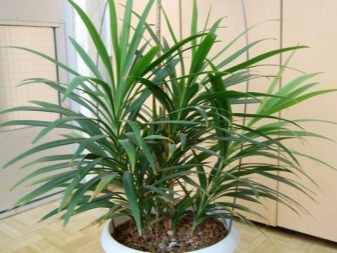
- "Kiwi". This variety can be recognized by its appearance. So, the leaves of "Kiwi" have a rather expressive color - being green in themselves, they include stripes of light green, and the edge of the foliage is burgundy. Thus, the Kiwi palm is actually tricolor.
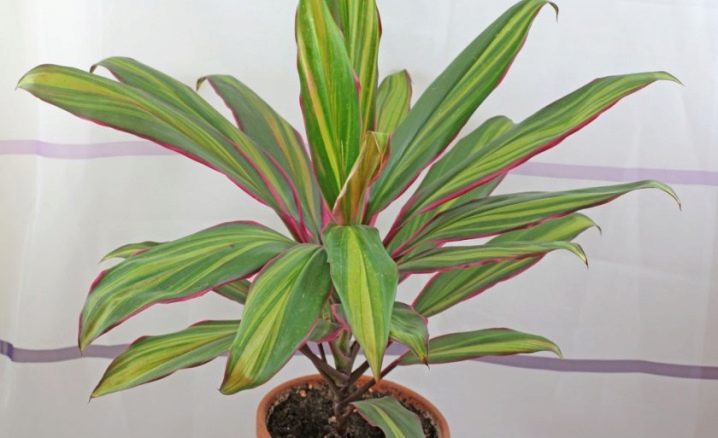
- "Fruicose". It is a type of false palm that grows rather slowly.It is rather difficult to see green in the color of the plant - it is present only as a tint, and the main one is red-burgundy or purple.

- "South". This Australian palm tree does not grow as a shrub, but as a tree, the base of which is a rather thick trunk. The leaves, which are rather tough in structure, and narrow in shape, are located at the very top of the plant, and the main part of the pillar is bare.
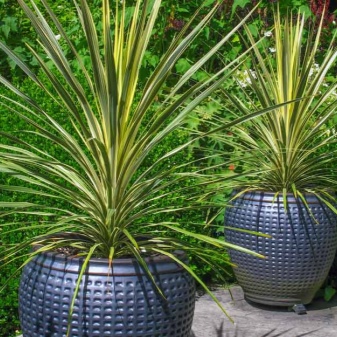

- "Apical". The original characteristic of the false palm of this variety is its rather long leaves (up to 0.8 meters in length). The main tone in which the leaves are painted is green. In addition, red and pink colors can be found on the surface. In addition, the plant is flowering and produces flowers of white and pink hues. In the process of growing a palm tree, it is important to take into account that it is a rather light-loving plant, so you should not place it on the northern windowsills.
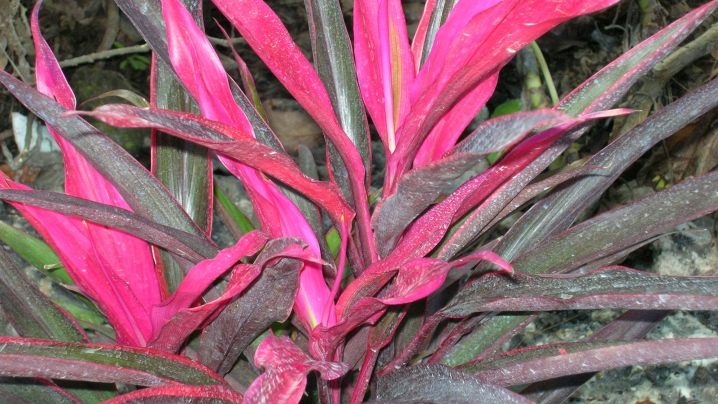
- "Undivided". This variety is one of the brightest and most delicate, because the leaves of the palm are painted in a pale pink shade, and also have stripes of various shades of green on their surface. In addition, orange streaks can often be found. The leaves themselves are narrow and long (up to 100 centimeters).
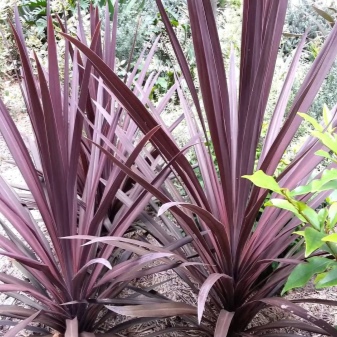
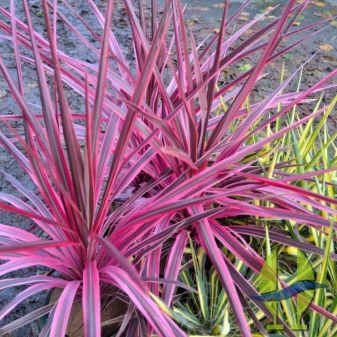
- "Mambo". The homeland of this species is Southeast Asia. In the process of leaving, it is important not to forget to often spray the palm tree, because it is used to tropical climatic conditions.
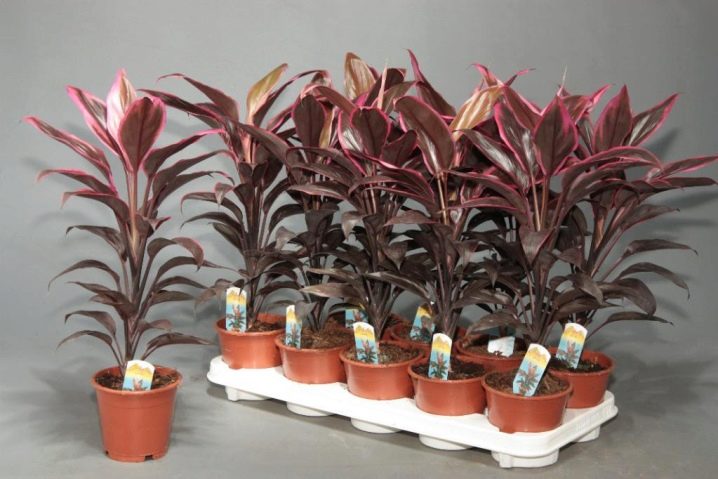
- Conga. This is one of the most popular types for home growing. The leaves are oval and pointed towards the end. The color of the palm is dark green.
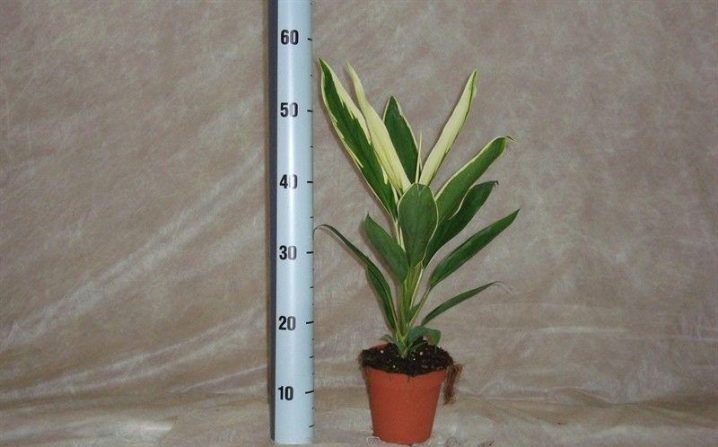
- "Compact". This flower is quite comfortable for growing at home. The maximum plant length is 90 centimeters.

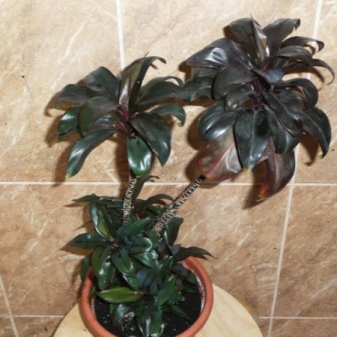
As you can see, there is a huge variety of varieties and types of cordilina, including "Mix" (species and varieties collected on one pallet). Therefore, each grower will be able to choose a plant according to his taste and personal preferences.
Conditions of detention
Despite the fact that cordilina itself is an unpretentious plant, for its normal development it needs certain conditions of detention. For example, the false palm is a light-loving plant (this is especially true for varieties whose leaves are painted in a bright green color). As for specimens that have a variegated color, it is better to keep them in partial shade. On the other hand, cordilines with dark green leaves do not need a lot of light. Thus, the darker the leaves of a palm tree, the less light it needs.
Despite the above, it is important to protect the flower from direct sunlight. - such aggressive lighting can cause burns, diseases and subsequently the death of the entire plant. In addition, it is important to protect the cordilina from drafts and wind. Also, you can not put a pot with a plant near radiators, fireplaces and other heating devices.

As for the temperature regime, the optimal indicators of the thermometer are 15-26 degrees Celsius. As for the cold season, the air temperature in the room where the palm tree is kept should not fall below 8 degrees Celsius. Due to the fact that the plant is native to the tropics, it prefers humid atmospheric air. In order to maintain the necessary indicators, experienced flower growers advise to regularly spray the palm tree, as well as arrange the so-called "warm shower" for the flower.
Important! In the process of watering and spraying the plant, it is important to do so that water does not accumulate in the funnels of the leaves.
How to care?
In order to carry out the correct and effective care of the plant at home, you should adhere to some simple recommendations of experts. The newly purchased cordilina needs special attention. Such a plant requires not only additional care, but also quarantine (its optimal duration is 14 days). So, when you brought a palm tree into the house, you need to inspect it for any diseases or pests on the surface and in the soil.
In the event that, when examining a flower, you find the presence of insect pests on its surface or in the soil, an urgent plant transplant is necessary.

Also, for preventive purposes, it is advisable to carry out treatment with chemicals that will destroy all harmful microorganisms. It is also necessary to take into account the fact that at first the flower cannot be kept in a greenhouse or nearby with other indoor plants, it must be put separately. Be sure to water the plant thoroughly as well.
After the flower has passed quarantine, it can be placed next to other flowers.
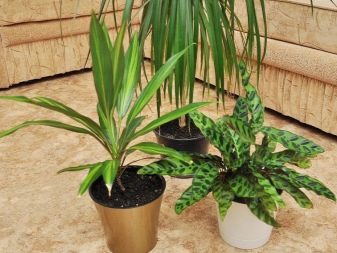

During the care process, special attention should be paid to the watering process. The moisturizing procedure differs depending on the season. So, in the warm season, the flower needs to be watered several times a week (every 2 days), and in winter, 1 watering every 7 days is enough. Take care that the soil is not excessively wet, but also that it is not permanently dry. Both that and another situation will negatively affect the viability of the palm tree. Among other things, cordilina needs fertilization. However, the feeding procedure is advised to be carried out only in the warm season.
Transfer
As mentioned above, if harmful insects are found in the soil, it is necessary to immediately carry out the transplantation procedure. However, this is needed not only by an infected plant, but also by a healthy plant. It is believed that young cordilins should be transplanted once a year. At the moment when the palm tree reaches an older age and becomes mature (3-5 years), you need to transplant the plant once every few years. In addition, it is recommended to change the topsoil once every 2-3 years.
To transplant a plant, it is imperative to choose a spacious and most suitable pot in size (you need to focus on the dimensions of the palm tree itself).
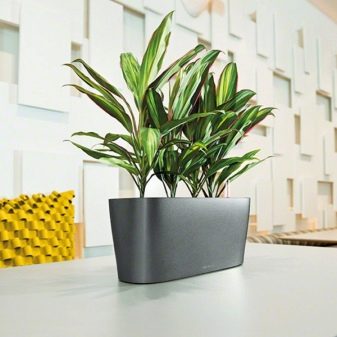
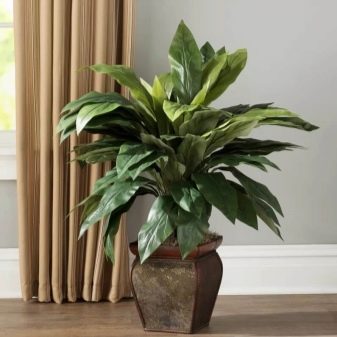
It is also important to choose the soil composition that is ideal for a particular flower variety. The soil composition is considered optimal, including sod and leafy soil, as well as coarse sand and rotted manure. The required proportions are 1: 1: 1: 1. It is also important to remember that before placing the soil and the plant itself in a new pot, it is important to lay out a fresh drainage layer at the bottom of the container (for this purpose, you can use, for example, expanded clay).
Reproduction
Propagate cordilina in several ways:
- root suckers;
- cuttings;
- growing from seeds;
- air layering.
So, a mature plant, which is kept in the right conditions and is provided with all the necessary care measures, releases root suckers in the process of its growth, which can be quite easily separated for transplantation. If you decide to propagate a palm tree using cuttings, then they need to be separated from the top or stem. The minimum cutting length is 5 centimeters. The cutting should be immediately rooted in soil or water. For sowing seeds, it is best to choose the period from January to May.
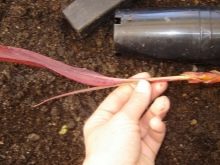
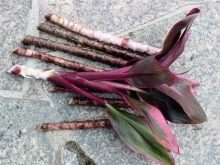
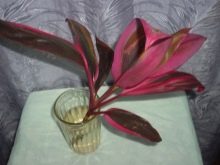
Diseases and pests
Sometimes cordilina can be negatively affected by diseases and pests. In case a similar situation arises, it is necessary to take into account the advice of scientists, botanists and florists:
- if you have noted the fact that the leaves of the plant are beginning to dry, then it is important to urgently deal with natural humidification of the air;
- if the leaves begin to wither and dry or curl, then it is important to pay attention to the observance of the temperature regime in the room;
- spots on the surface of leaves may indicate an insufficient amount of water in the soil and irregular watering, as well as exposure to direct sunlight;
- if decay processes have begun, then the plant should be transplanted and special attention should be paid to watering in the process of caring for a new shoot (do not overdo it);
- blackening of the plant indicates the effect of strong drafts on the flower;
- if scabbard pests appear, then you need to wash the sheets with water and laundry soap and treat them with special solutions;
- in order to get rid of thrips, you need to apply an insecticide;
- Aphids can only be counteracted by specialized insect repellents.
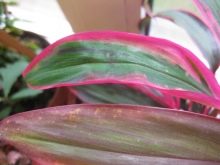
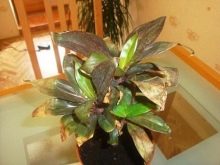

Thus, we were able to make sure that cordilina and all its varieties are plants that do not need complex care measures, so the maintenance of the plant will be within the power of not only experienced gardeners, but also beginners. On the other hand, according to its external characteristics, the palm tree is quite spectacular and makes an impression on everyone around. Having replenished your greenhouse with such a plant, you will not only not regret it, on the contrary, you will experience a lot of positive emotions, please your household and guests.
Care and grafting of Cordilina in the video below.























The comment was sent successfully.